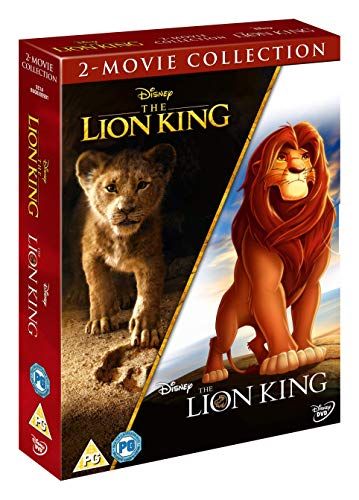
For example, when Kovu sees his reflection in a stream, he is horrified to see the face of Scar, an interesting contrast to Simba’s fear and reverence when he sees Mufasa’s face in his own reflection. It also includes visual callbacks to The Lion King that are natural to the story and draw parallels between characters. In terms of visuals, the film looks great, as it plays with color and setting in ways that are similar to the original. Simba’s Pride feels like a proper sequel to the original, with animation almost on par with The Lion King.


RELATED: Just How Deep Is 'The Lion King's' Debt To 'Hamlet?' The story is rife with conflict as Kovu secretly plots to kill Simba (voiced by Matthew Broderick) under orders from his mother, Zira (voiced by Suzanne Pleshette), and Simba struggles with trusting an “Outlander” enough to welcome him into the pride after years of dealing with grief and fear. Kiara (voiced by Neve Campbell), the daughter of Simba, and Kovu (voiced by Jason Marsden), the chosen heir of Scar, become childhood friends and eventually develop a forbidden romance.

While the first film borrows elements from Shakespeare’s Hamlet, The Lion King II: Simba’s Pride borrows from Shakespeare’s Romeo and Juliet, continuing the theme of Shakespearean tragedies re-imagined. However, direct-to-video sequels get far more hate than they deserve, especially considering the existence of The Lion King’s sequel, which is one of the best direct-to-video Disney movies. For the most part, they are bogged down by low-budget animation, weak plot lines, and, in some cases, replacement voice actors.

It’s widely accepted that direct-to-video Disney sequels usually don’t compare with the original films in terms of quality.


 0 kommentar(er)
0 kommentar(er)
